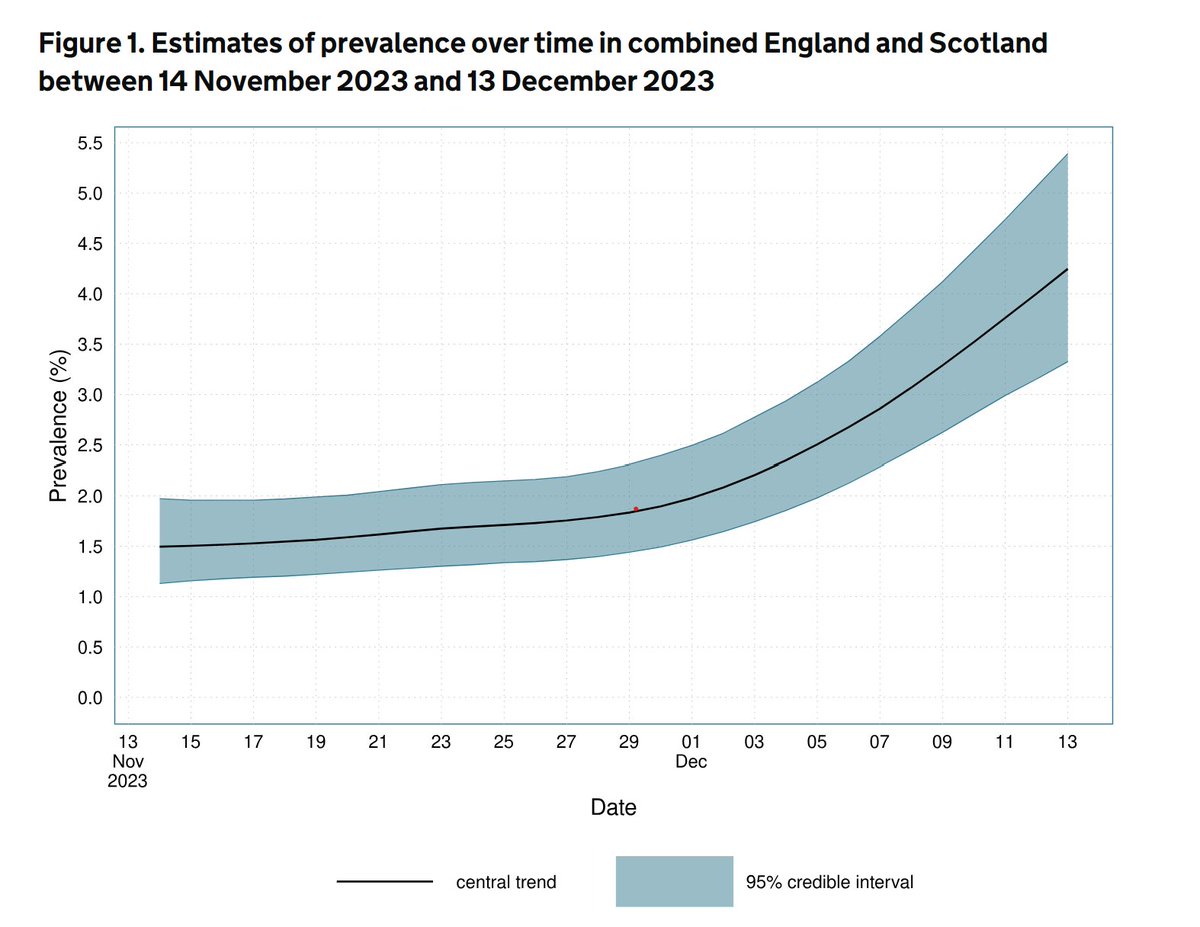The latest admission for England has topped 300 today, and again a question raised is are these "WITH" COVID or "FROM" COVID? Just like yesterday's analysis of deaths, let's dig into this question a bit... 1/7
https://twitter.com/Iwontcalmdown/status/1309534620279615489
First of all, note that any elective admissions, ie for planned surgery, is preceded by a COVID test. If it's positive, the admission doesn't happen. So the only cases that might by chance test positive are emergency admissions for what are believed to be non COVID reasons. 2/7
There are approx 15k such admissions a day. What proportion of them might test positive, yet be totally unrelated? The latest ONS figures give a clue, suggesting that 1 in 500 now has the virus. That would suggest 30, out of the 300 cases. 3/7
That assumes a constant age distribution. But we know that A&E admissions are heavily weighted towards much older ages, and conversely infectivity rates are still heavily skewed towards younger ages. That would suggest that taking 1/500 would be an overstatement. 4/7
We can take data on A&E admissions by age, and the relative infectivity by age groups to adjust for this effect. It reduces the overall number by 15%, so giving a figure of 8.5% 5/7
That assumes that for none of those admitted for apparently unrelated causes, and who subsequently test positive, COVID is a contributory factor. I suspect some will be, but let's assume not for now. 6/7
These figures are estimates, so let's put a range on it and say that between 5% and 10% of admissions reported each day were for other causes who just happened to have COVID. It doesn't materially affect the figure, and it certainly doesn't distort the upward trend. 7/7 ENDS
• • •
Missing some Tweet in this thread? You can try to
force a refresh












